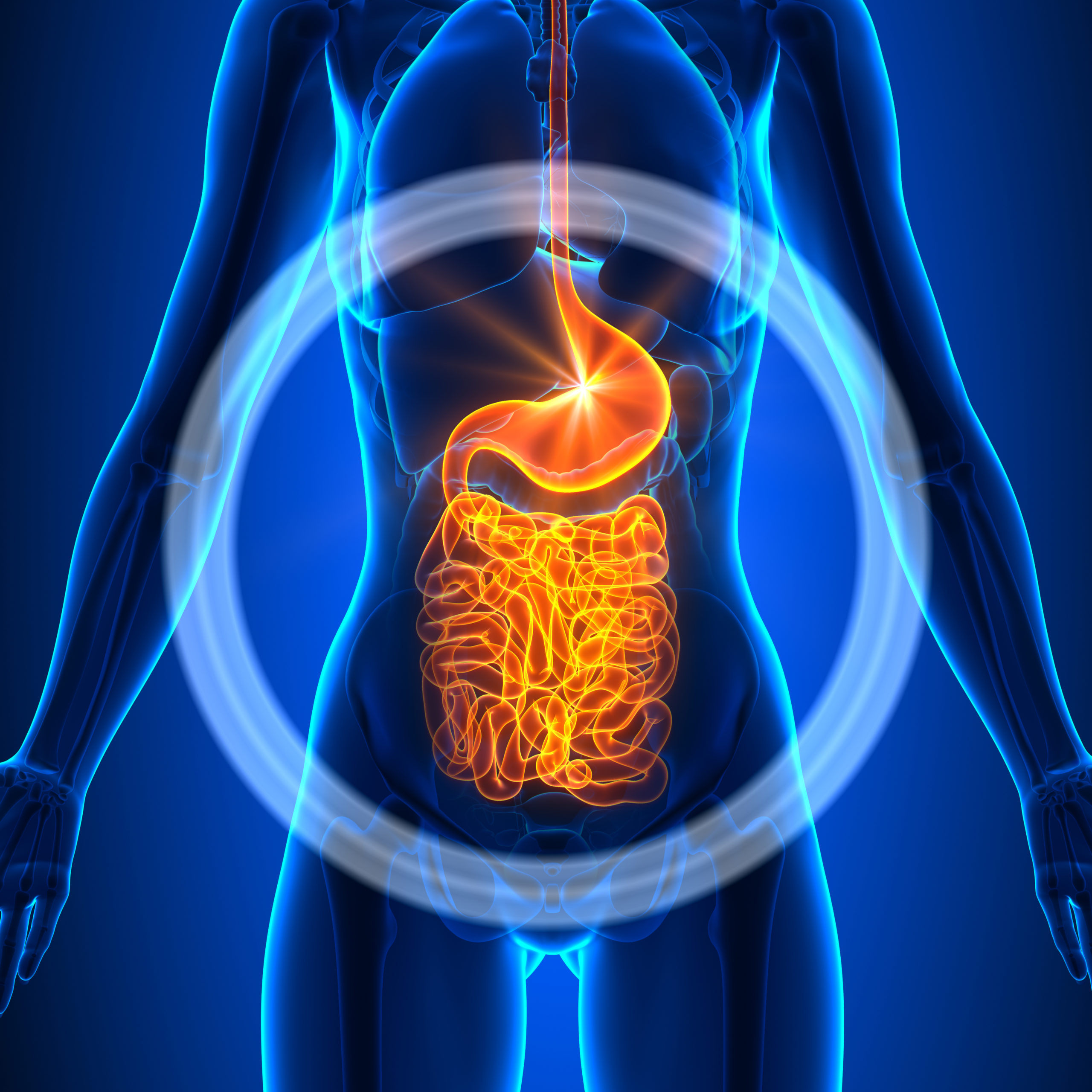Probiotics and prebiotics line the shelves at the drugstore. Today they are advertised on yogurt cups and may be recommended by your doctor when you were last prescribed antibiotics. What exactly are probiotics and prebiotics, do you need them and what is the difference?
PROBIOTICS
Probiotics are live microorganisms that are often consumed or applied to the body as a supplement to improve overall health. Probiotics can include “good” bacteria such as those in the Lactobacillus and Bifidobacterium families as well as sometimes yeasts such as Saccharomyces boulardii.
Depending on their intended use, probiotics may be classified as a food, drug or dietary supplement. While those classified as a drug are more highly regulated, those labeled as a dietary supplement do not require approval by the Food and Drug Administration (FDA).
There is a growing body of research surrounding probiotics but many of the specifics are still unknown. There is promising research that indicates benefits for many different health conditions. The most widely publicized benefit of probiotics is assistance for gastrointestinal disorders. Probiotics introduce healthy bacteria into the gut, helping to restore a healthy microbiome within the intestinal tract. According to the National Institutes of Health (NIH), probiotics show promise with gastrointestinal problems that can cause diarrhea such as Clostridium Difficile infection, Irritable Bowel Syndrome (IBS), Irritable Bowel Disease (IBD), and diarrhea caused by antibiotics, which can deplete the good bacteria in the gut. Probiotics have also been used to help in infant colic and Necrotizing Enterocolitis
in infants.
Beyond improving gastrointestinal conditions, the NIH lists a variety of other health conditions such as prevention of dental cavities and gum disease, allergies, asthma, atopic dermatitis, upper respiratory infections, urinary tract infections and acne that may bene t from the utilization of probiotics.
PREBIOTICS
Prebiotics are non-digestible food fibers that stimulate the growth of healthy bacteria within the gut. Prebiotics most often generate growth of Bifidobacterium but have also been shown to encourage growth of other healthy gut bacteria.
Prebiotics may be found in food products or supplement form. Some common foods that contain prebiotics include asparagus, garlic, fennel, onions, shallots, scallions, legumes such as chickpeas, soybeans, and lentils, nuts such as pistachios and cashews, and wheat products such as cereal.
In supplement form, the most common prebiotics include oligofructose, galacto-oligosaccharides (GOS), inulin, fructooligosaccharides and resistant starch. The National Institutes of Health (NIH) recommend looking for a seal of approval from a third party such as NSF International, U.S. Pharmacopeia or ConsumerLab.com to ensure proper manufacturing practices.
Like probiotics, the body of research surrounding the benefits of prebiotics is still growing. Some research, such as that conducted by Carlson et al. (2018) in Current Developments in Nutrition, indicates that prebiotics may also help improve the immune system, prevent allergies, positive effects on metabolism, and increase calcium absorption. The results on Irritable Bowel Syndrome (IBS) have been mixed.

